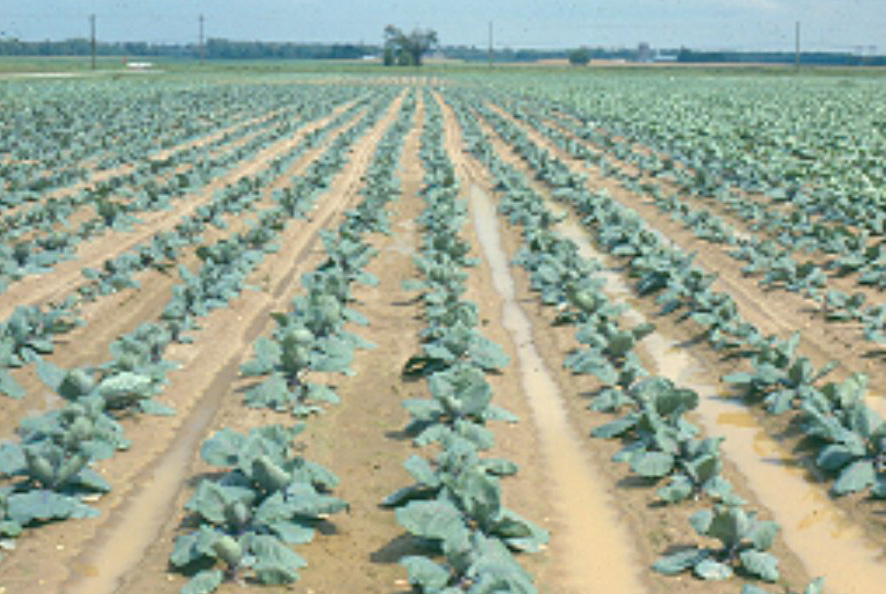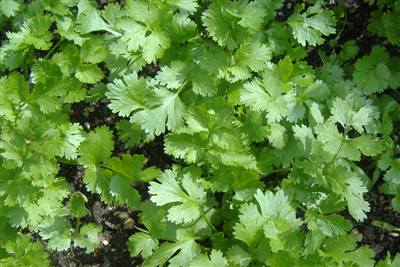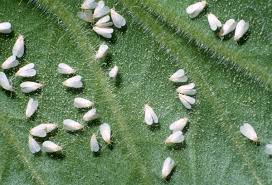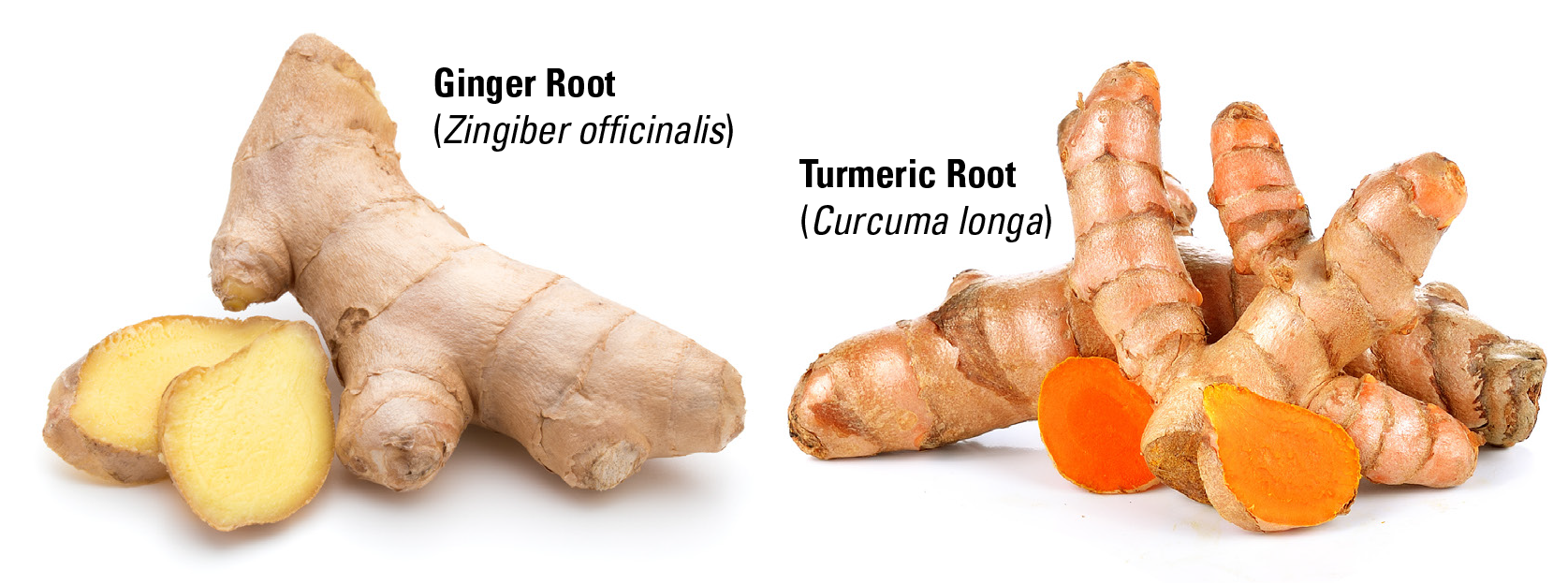Criteria of Selection of Cotton Variety:-
- Resistance:- Most Cotton produced in India has been genetically engineered to have an insect control package.
- Yield Stability:- Yield stability is the ability of a variety to perform well across various environments.
- Maturity:- Maturity is an indication of how long it will take from planting until harvest for a variety. cotton variety maturity is often classified as early, medium, late or full season.
- Fiber Quality:-The price a grower receives can be positively or negatively affected by fiber quality. fiber quality is fiber length, strength and uniformity are heavily influenced by genetics and to a much lesser extent by environment.
- Available Water:- When selecting a variety, it should be kept in mind that we have the water system and how we should like the kind of irrigated, semi-cultured and rain-based Variety.
Like and share with other farmers by clicking on button below.
Share








